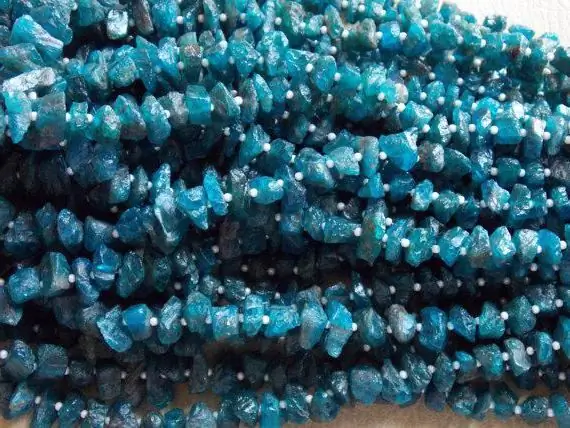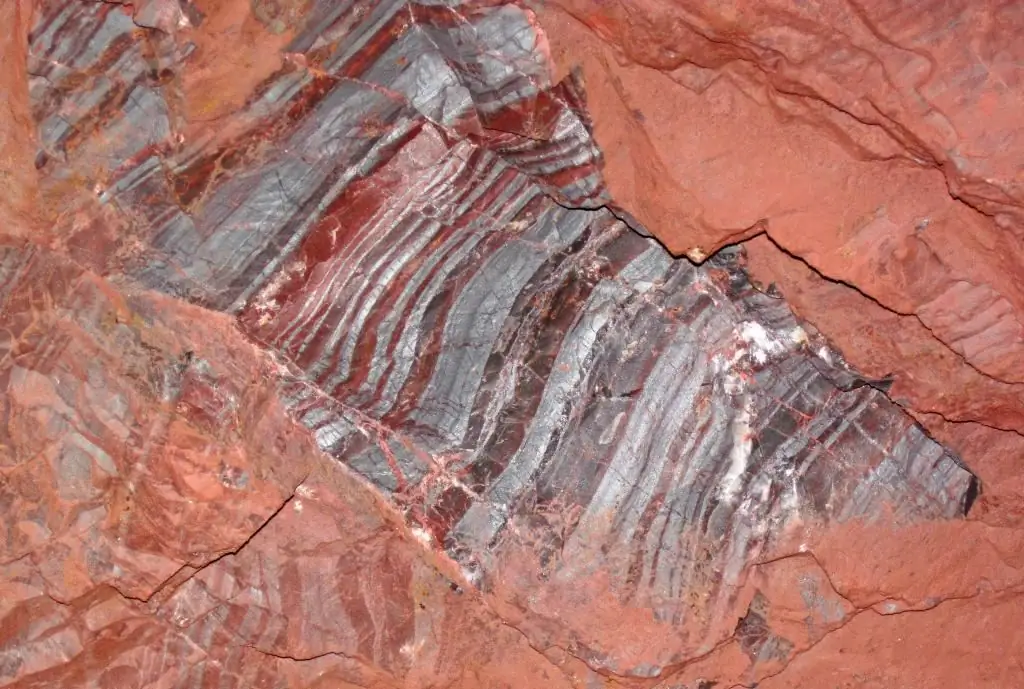- Author Henry Conors [email protected].
- Public 2024-02-12 02:53.
- Last modified 2025-01-23 09:07.
The Komi Republic is a subject of the Russian Federation, part of the Northwestern Federal District.
General information
The region is located in the European part of the country, in the extreme northeast, west of the Urals. The area of the republic is 416.8 thousand sq. km. The largest cities are Syktyvkar - the capital of the republic, Vorkuta, Sosnogorsk, Inta, Ukhta, Vuktyl, Usinsk and Pechora. The Komi Republic borders on the Yamalo-Nenets, Nenets and Khanty-Mansi Autonomous Okrugs, the Arkhangelsk, Kirov and Sverdlovsk regions, as well as the Perm Territory.
72% of the region's territory is covered by forests. The Ural Mountains stretch along the eastern border of the Komi Republic. The rest of the subject is swamps, tundra with reindeer pastures and forest tundra. There are two large rivers here: Vychegda and Pechora. The Komi Republic is rich in deep lakes.
The Komi Republic is located in the temperate and subarctic climatic zones, so there are long, cold winters, and summers, on the contrary, are cool and short. There are often sudden changes in temperature and atmospheric pressure, cyclones,heavy rainfall.
Subject is inhabited by representatives of 130 nationalities! 65% of them are Russians. In second place are representatives of the Komi people, their 24%. Belarusians, Ukrainians, Tatars, Komi-Izhma, Chuvash, Mari, Bashkirs, Mordovians, Udmurts, Nenets, Komi-Permyaks and others also live here.

History
Until the end of the 15th century, the territory was part of the Novgorod Republic, and then went to the Muscovite state. Furs were first exported from here, and in the middle of the 18th century, oil began to be extracted near the Ukhta River. Due to the harsh climate, there were few inhabitants in the region at that time.
In the early 30s of the twentieth century, coal was discovered in the Komi Republic, but it began to be mined during the Great Patriotic War. In the same years, a railway was built to transport timber, oil and coal.
After the collapse of the USSR in the 90s of the twentieth century, a crisis began in the industry of the republic.
Natural resources
Mineral resources of the Komi Republic play an important role for the country. On the territory of the region there is a large coal basin, an oil and gas province and oil shale basins - the republic is rich in fuel and energy resources.
The subject has large reserves of combustible gas and shale, peat, ferrous and non-ferrous metals, rare, scattered and rare earth metals, precious metals and diamonds. Titanium, manganese, chromite and aluminum ores are common.
Non-metallic minerals of the Republic of Komi can be used as mining, chemical, mining,piezo-optical and quartz raw materials. There are materials for metallurgy, jewelry, semi-precious stone and mineral construction raw materials.
The timber industry is very developed in the republic. The area of all forests is 38.9 million hectares. There are also many mineral, fresh and industrial underground waters in the Komi Republic.

Combustible minerals
The most important natural resources of the Komi Republic are fossil fuels. Especially it is necessary to allocate coal-bearing deposits. The vast majority of them are concentrated in the Pechora coal basin. There are 213 billion tons of geological reserves of coal, of which only 9 billion have been explored.

On the territories of the Nenets Autonomous Okrug and Komi is the Timan-Pechora oil and gas province, 60% of whose resources are oil. Its geological reserves are 4 billion tons. There are also almost 3 trillion m3 hydrocarbon gases.
On Timan, near the village of Nyamed in the basin of the Izhma River, there is an industrial deposit of asph altites - solid natural bitumen. It is a product of a strong hypergeneous alteration of oil near the earth's surface. Asph altites accumulate near oil outcrops in the form of reservoir deposits. The Timanskoye field is considered one of the richest in Russia.
Peat is a sedimentary rock formed by the accumulation of undecomposed plant remains in a swamp. Peat bogs make up more than 10% of the entire territory of the republic, becausethere are large reserves of peat - about 1 billion tons.
Oil shale deposit - four basins: Bolshezemelsky, Izhemsky, Yarengsky and Sysolsky. Oil shales are sedimentary minerals, consisting of organic matter and mineral (siliceous, clay, etc.) parts.

Mining and chemical raw materials
Minerals of the Republic of Komi are also represented by mining and chemical raw materials. These include, for example, phosphorites. They are being developed in Pai-Khoi, the Polar Urals, Timan, as well as in the basins of the Vym and Sysola rivers.
S alt production has been developing in the region since the 12th century. Industrial reserves of rock and potash s alt deposits are located near the village of Seregovo and amount to 2.7 billion tons. Every year, about 6,000 tons of edible s alt were mined from it.
In the Komi Republic there are two deposits of barite - natural barium sulfate. The reserves of the Khoilinskoye deposit amount to almost 40 million tons, it is located near the city of Vorkuta. The Palninskoye field has smaller reserves - around 17 million tons.
A small deposit of native sulfur has been discovered on the Northern Keltma River in the Southern Timan.
Mining raw materials
In the Ural-Novaya Zemlya province, large deposits of fluorite are known - calcium fluoride, a transparent or translucent stone with a glassy luster and various colors. The largest of the explored deposits is Amderma, the remaining reserves in it are more than 1.5 million tons.
Deposits of rock crystal in the mountainsSubpolar Urals were discovered in 1927. As a piezo-optical raw material, crystal began to be developed in the early 1930s. On Northern Timan, small crystals of crystal are found in agate tonsils.
Natural stone materials
Natural stone materials are found in the region, such as limestone and dolomite - magnesium and calcium carbonates. The largest field under development is Belgopskoye. It is located in the Ukhta region, its reserves are more than 15 million m3.

Gypsum is a natural stone material, a mineral from the sulphate class, which is mined at two deposits. At Ust-Tsilemsky, its reserves are 70 million tons, at Izhma - more than 150 million tons.
The Komi Republic is rich in sandstones, quartzites and crystalline rocks. For example, in the Middle Pechora there is the Voyskoye deposit, which has large reserves of quartz glass sandstones.

Gemstone raw materials
One more group of mineral resources of the republic is cutting stones. These include, for example, rubies, prehnites, quartz, amber and garnets. Jewelry varieties of quartz are found in the Subpolar Urals, rubies in the Polar Urals, and prehnites, aluminum and calcium silicates in the Northern Timan.
Ornamental stones include marble, agate, jade, serpentinite, jadeite and jasper. Agate reserves have been explored in Timan and the Polar Urals, and jasper in Pai-Khoi. In the Polar and Subpolar Urals you can find marble rocks: gray - nearof the Seida-Labytnangi railway, yellowish and gray - on the South Timan and near the Khalmer-Yu station. Serpentinites have been found in the basins of the Bolshoi Patok, Vangyr and Kosyu rivers in the Subpolar Urals, while jadeite and jade deposits have been discovered in the Polar Urals.
Mineral resources of the Republic of Komi are represented even by diamonds. Here they are found in the Devonian and paleo placers, less often in the Northern and Middle Timan in modern placers, rare finds were found in the Northern Urals.
Ore minerals
The region has large deposits of titanium ores, approximately 30% of all reserves of the CIS countries. The most explored deposit is Yaregskoye. The content of leucoxene here is 20-30%.
Aluminum ores are common in the Komi Republic. A large bauxite-bearing province has been discovered in the Middle and South Timan over the past few years.
Gold ores are often found in the Polar and Subpolar Urals, as well as in the Timan. The most interesting are industrial gold placers on the Timan in the upper reaches of the Tsilma, Nivshera and Pizhma rivers and in the Kozhym river basin.

Conclusion
The Komi Republic is rich in oil, gas and coal. Due to the volume of combustible minerals, the region can be called the main fuel base of the North of the European part of Russia. In addition, forest and water resources are concentrated in the subject.






